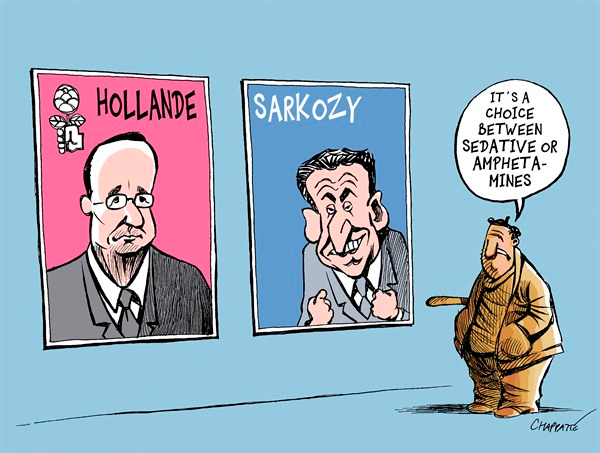This is your morning Open Thread. Pour your favorite beverage and review the past and comment on the future.
Find the past “On This Day in History” here.
Click on images to enlarge
May 5 is the 125th day of the year (126th in leap years) in the Gregorian calendar. There are 240 days remaining until the end of the year.
On this day in 1862, the Mexican Army defeated the French forces at the Battle of Puebla
Certain that French victory would come swiftly in Mexico, 6,000 French troops under General Charles Latrille de Lorencez set out to attack Puebla de Los Angeles. From his new headquarters in the north, Juarez rounded up a rag-tag force of loyal men and sent them to Puebla. Led by Texas-born General Zaragoza, the 2,000 Mexicans fortified the town and prepared for the French assault. On the fifth of May, 1862, Lorencez drew his army, well-provisioned and supported by heavy artillery, before the city of Puebla and began their assault from the north. The battle lasted from daybreak to early evening, and when the French finally retreated they had lost nearly 500 soldiers to the fewer than 100 Mexicans killed.
Although not a major strategic victory in the overall war against the French, Zaragoza’s victory at Puebla tightened Mexican resistance, and six years later France withdrew. The same year, Austrian Archduke Ferdinand Maximilian, who had been installed as emperor of Mexico by Napoleon in 1864, was captured and executed by Juarez’ forces. Puebla de Los Angeles, the site of Zaragoza’s historic victory, was renamed Puebla de Zaragoza in honor of the general.
Cinco de Mayo is a regional holiday limited primarily to the state of Puebla. There is some limited recognition of the holiday in other parts of the country.
United States
In a 1998 study in the Journal of American Culture it was reported that there were more than 120 official U.S. celebrations of Cinco de Mayo, and they could be found in 21 different states. An update in 2006, found that the number of official Cinco de Mayo events was 150 or more, according to Jose Alamillo, professor of ethnic studies at Washington State University in Pullman, who has studied the cultural impact of Cinco de Mayo north of the border.
In the United States Cinco de Mayo has taken on a significance beyond that in Mexico. The date is perhaps best recognized in the United States as a date to celebrate the culture and experiences of Americans of Mexican ancestry, much as St. Patrick’s Day, Oktoberfest, and the Chinese New Year are used to celebrate those of Irish, German, and Chinese ancestry respectively. Similar to those holidays, Cinco de Mayo is observed by many Americans regardless of ethnic origin. Celebrations tend to draw both from traditional Mexican symbols, such as the Virgen de Guadalupe, and from prominent figures of Mexican descent in the United States, including Cesar Chavez. To celebrate, many display Cinco de Mayo banners while school districts hold special events to educate pupils about its historical significance. Special events and celebrations highlight Mexican culture, especially in its music and regional dancing. Examples include baile folklorico and mariachi demonstrations held annually at the Plaza del Pueblo de Los Angeles, near Olvera Street. Commercial interests in the United States have capitalized on the celebration, advertising Mexican products and services, with an emphasis on beverages, foods, and music.

 OK. I know you don’t cook Margaritas but this Cinco de Mayo is special. It’s 150th anniversary of
OK. I know you don’t cook Margaritas but this Cinco de Mayo is special. It’s 150th anniversary of  This is the recipe I have used for years without complaints. I use 1800 Reposado Tequila, Rose’s Lime, Triple Sec, Kosher or course ground sea salt and fresh slices of lime. You’ll need either a shaker or a large glass filled with ice and a strainer and you’ll need lots of ice.
This is the recipe I have used for years without complaints. I use 1800 Reposado Tequila, Rose’s Lime, Triple Sec, Kosher or course ground sea salt and fresh slices of lime. You’ll need either a shaker or a large glass filled with ice and a strainer and you’ll need lots of ice. The French Presidential election will take place this Sunday, May 6. Meanwhile, the campaigning has ended Friday evening with the Socialist challenger,
The French Presidential election will take place this Sunday, May 6. Meanwhile, the campaigning has ended Friday evening with the Socialist challenger,
Recent Comments